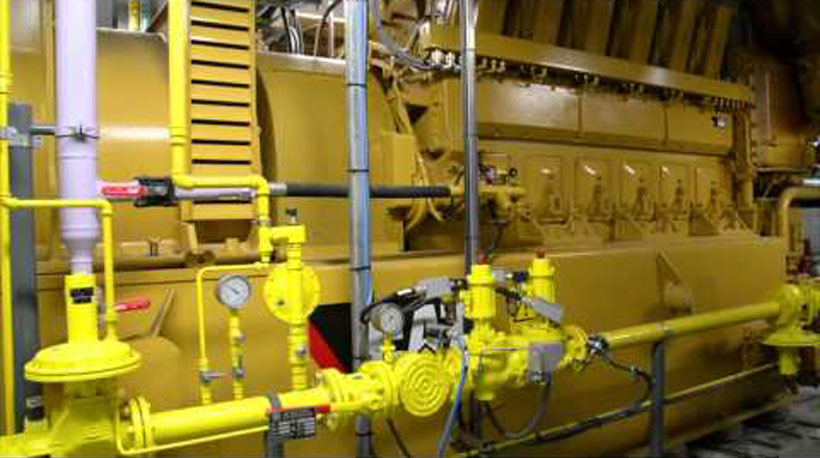The e-mail was marked “urgent”. It was from an organization that is not a client of ours, but it wasn’t a surprise. We’ve seen this kind of e-mail many times before.
“Our CHP [Combined Heat and Power] project goes to our board in two weeks, and we have some questions about natural gas supply and costs. Can you help?”
Well, we certainly can help, but it is never a truly gratifying exercise. Because if an organization is looking at these questions at the end of the analysis – in the 11th hour before final approvals – then it has missed a big opportunity for a more integrated look at their energy strategy.
Activity in CHP development has increased sharply. CHP facilities make more efficient use of thermal energy – a necessity in a world of carbon pricing – and CHP generation behind the utility meter is a viable strategy for lowering Global Adjustment costs, and electricity costs generally, for Ontario consumers.
Natural gas supply is one of the key elements of most CHP projects. It only makes sense to address it from the start, in order to develop a sound strategy and a robust set of cost assumptions to inform the evaluation of the project economics. Too often, the client or the CHP developer use some rough assumptions or historical costs “to be refined later”. But would you build a house with a plan to put a good foundation under it later?
A CHP project changes the organization’s gas usage, both the volume needed and the load shape. This could affect the utility rate class the location is eligible for, its utility contract parameters, and other elements of the supply strategy. And, of course, future gas price behaviour may be quite different from past price behaviour. These are just some reasons why it is unsound to use historical average costs as a basis for evaluating CHP economics.
A gas-fired CHP project increases the organization’s gas price risk. Does management understand this change in risk, and does the CHP proposal include a sound strategy for addressing this risk? Locking in a multi-year gas supply can certainly eliminate gas cost uncertainty, but it does not ensure more favourable CHP economics. Does management understand the risk/reward trade-offs and is a choice being made that reflects the organization’s risk tolerance?
Having a sound gas supply strategy is an integral step to ensuring a CHP investment is cost-effective and delivers the expected benefits. That means developing the gas strategy early in the project planning and approval process – when the broadest set of alternative approaches is available – and evolving the strategy as the project evolves, in an integrated way.
Gratifying is the e-mail that reads “We’re thinking about a CHP project and we want to make sure we’re incorporating reasonable cost assumptions and a sound gas supply strategy to manage the risks. Can Jupiter help us with that?”
We sure can.
-
Electrify your operations to reduce GHG emissions? Perhaps not that simple.
On Ontario's electricity grid, natural gas generating units are increasingly called on to provide power, even in off-peak hours. The trend has significant implications for those looking to reduce greenhouse gas emissions through electrification.
read more -
Generational change: Experienced senior staff are leaving
Many organizations face a growing challenge as senior employees leave the organization, taking with them significant knowledge and experience. Outsourcing expertise can be an effective way to fill the knowledge gap quickly, while lowering costs and reducing risks.
read more -
Electricity price behaviour in Ontario is changing
Increased reliance on gas-fired generation will lift hourly electricity prices in Ontario. Higher HOEP and greater demand will lower Global Adjustment costs. It's a dynamic Ontario consumers have not seen in a long time.
read more

